Plaid Cymru’s victory in Caerphilly points to a new kind of electorate

Plaid Cymru’s byelection victory in the Welsh town of Caerphilly is unprecedented.Labour had won every election here for more than a century.Yet the result also feels strangely familiar.Observers of British politics have become accustomed to waking up to unprecedented results.By the end of the previous Westminster parliament, record byelection swings against the incumbent government had become the norm, and elections at all levels had shown an electorate who were willing and able to identify the best-placed party to defeat a disliked option.
Byelections for constituency seats in the Senedd are rare,Since its establishment in 1999 (as the National Assembly for Wales), there have been only five, including the one held on Thursday,In all previous cases, a member from the incumbent party was elected,With Labour dominance in the Welsh government, and in terms of Welsh seats in Westminster, it has been rare for there to be much interest in Welsh politics outside Wales,However, the scent of a historic Labour defeat in its Welsh heartlands meant this time it was different.
Whether prompted by the intense campaigning, the promise of change in an area dominated by a single party for a century, or voters motivated to ensure their least-liked party did not win – the turnout was significantly higher than the previous Senedd election in the seat, or indeed the national turnout at Senedd elections.At 47.4% of the votes cast, this was not just a win for Plaid Cymru, but a convincing one.It was expected to be much closer.The only constituency poll of the campaign had Reform UK in the lead, while national polling for next year’s Senedd elections has Plaid and Reform neck and neck.
The result will be a disappointment for Reform UK.They will emphasise that their vote share, at 36%, is above their current polling for the Senedd and keeps them on course for a significant number of seats after May’s proportional representation-based (PR) elections.But having chosen to launch their 2024 general election manifesto only 20 miles away, in Merthyr Tydfil, this is not the result they were hoping for.The result points to a new kind of electorate, who are far more willing to vote for “smaller” parties; in 2024, the two-party share (the proportion won by Labour and the Conservatives combined) dropped below 60% for the first time.In Caerphilly, this was certainly a two-party race – but neither of the supposed main parties were in it (Labour and the Conservatives had a combined vote share of just 13%).
We can never be sure why voters switched between parties without evidence that looks at individuals.Nonetheless, the result suggests voters may have been motivated to vote for Plaid Cymru to prevent Reform UK from winning the seat.This is, perhaps, the only crumb of comfort for Labour among the disappointment of a significant loss, as it is a dynamic the party will hope can be repeated elsewhere to its benefit.Sign up to Headlines UKGet the day’s headlines and highlights emailed direct to you every morningafter newsletter promotionIt is almost certainly too late for Labour to turn around its fortunes in Wales before the Senedd elections, and with those elections being held under a newly introduced PR system, it is not a dynamic that will be repeated in Wales in 2026.In this system, the only way to prevent Reform UK from gaining seats is to persuade people not to vote for the party, rather than consolidating the votes of those who wish to defeat it.
The system may be to Labour’s advantage: on current polling they will undoubtedly lose seats overall, but the impact may be less severe than it might have been had first-past-the-post elements been retained,In the longer-term, Labour will be hoping the anti-Reform dynamic can be mobilised for Westminster elections likely to be held in 2029,The challenge, of course, is that the electorate will need to be convinced that they are the best-placed (and most desirable) alternative to Reform UK in enough seats to hold on to power,In England, the Liberal Democrats and the Green party will be challenging that position, as Plaid Cymru has done successfully in Wales,
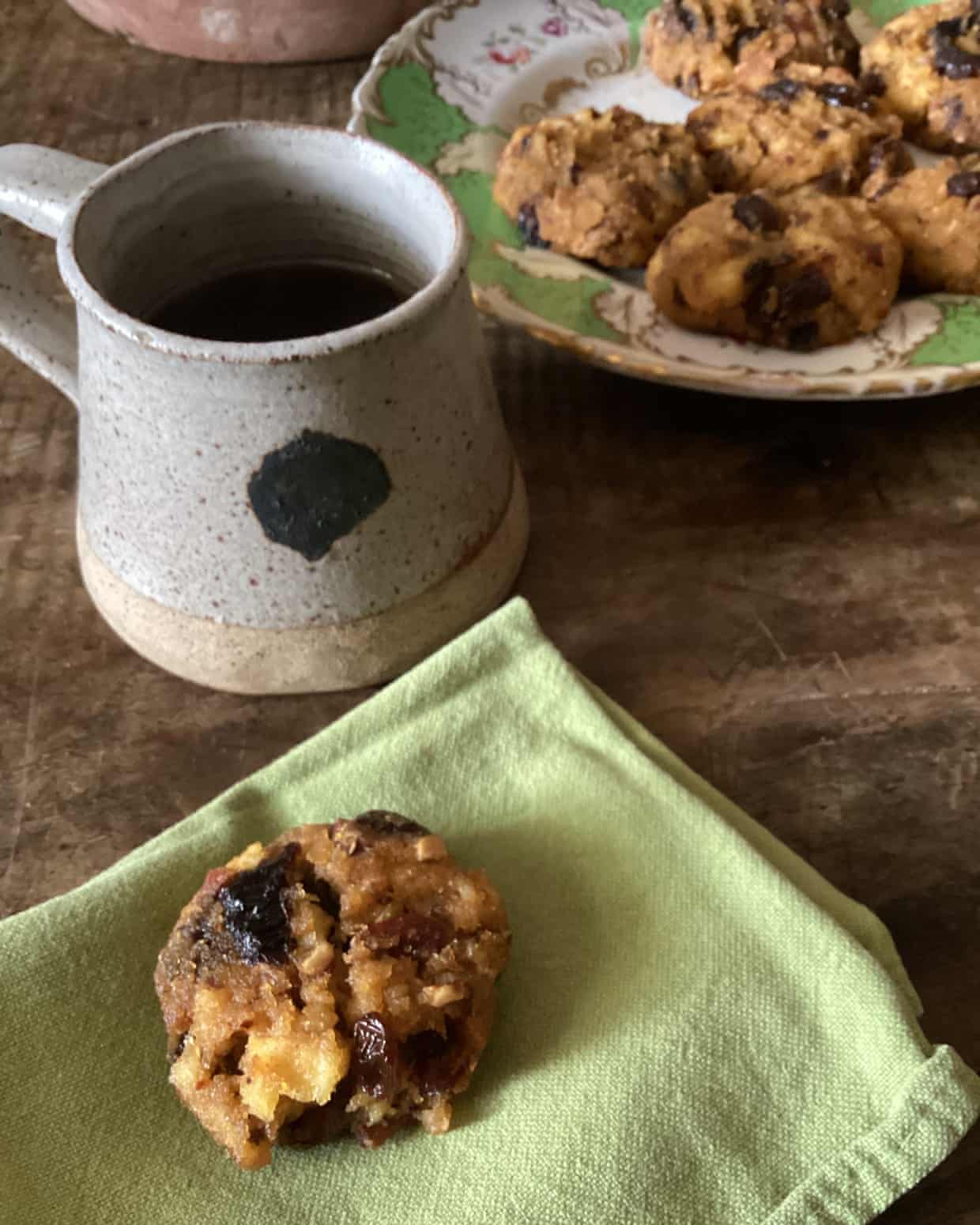
Rachel Roddy’s recipe for leftover polenta biscuits | A kitchen in Rome
This, then, was the situation: it was Friday night after a long week, and having met a friend on the way home for a glass of wine, which arrived with crisps, taralli, dry roasted peanuts and enough salt that we needed another glass, it seemed a good idea to go home and cook polenta – the long-stir sort as opposed to the instant variety, although I always have that in the cupboard, too. Another good idea, which came to me as I pulled a new packet from the back of the dresser and ignored the flutter of tiny wings, was to make more than enough polenta and pour the extra into a Pyrex dish while it was still hot, so it could set into a block to be cut into slices and grilled the next day.I’ve written about polenta before; how the word is ancient and generic – referring to any mushy dish made from cereal flour and water – and how, after its arrival in Europe in the 1600s, it became synonymous with ground maize. There exists a world of different grades and milling, but, broadly speaking, when you buy ground maize (cornmeal) for polenta, you will have two options: finely ground (which might also be white) for a soft, thin polenta, and coarsely ground, which will have glassy-looking grains and makes an excellent body scrub and a harder, tastier polenta. The latter also takes much longer to cook, anything from 40 minutes to several hours, depending on who (or which packet) you consult, although in my experience an hour is almost always enough, and anything beyond that is more a way of deepening the flavour
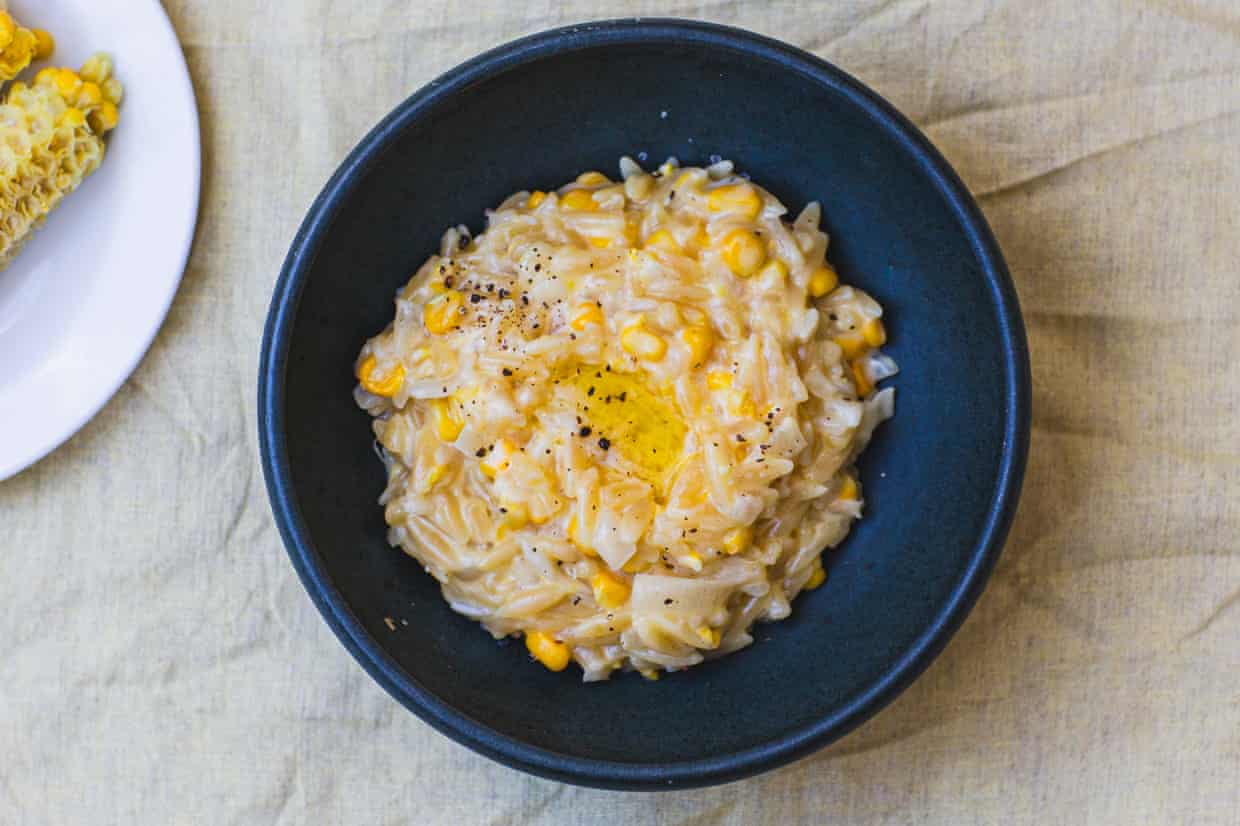
Don’t chuck your parmesan rind – it is an excellent stock cube – recipe | Waste not
Parmesan rinds are the ultimate zero-waste hack – like a cheesy stock cube, they enrich stews, sauces and all sorts, and add pure deliciousness in the form of umami depth and creamy texture. Stored in the fridge or freezer, they keep almost indefinitely. This week’s recipe uses them in a thrifty, creamy corn orzo that transforms a few simple ingredients into comforting autumn fare.This dish was a happy accident, and left me and my family drooling for more. I was planning a classic tomato orzo to use up that half-bag in the cupboard left over from making a pasta salad, but wanted something more seasonal
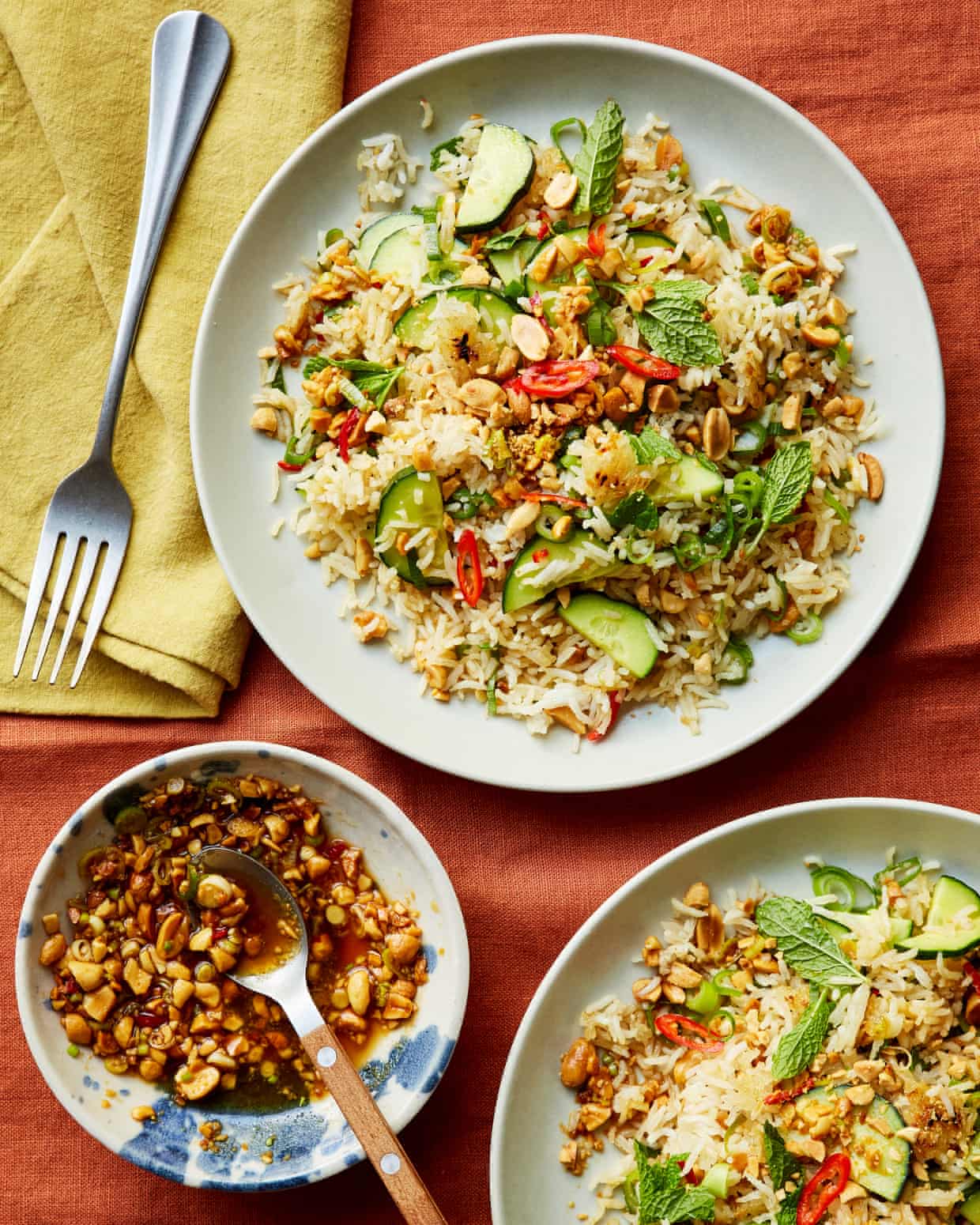
No waste, all taste: Max La Manna’s comfort food pantry-raid recipes
Cooking with little to no waste isn’t about rules; it’s about rethinking old habits. Take inventory of the food you already have (I like taking a photo of my fridge and pantry before I go shopping), stick to your list and buy only what you need. Make sure you store it properly, too, so it lasts longer, and don’t forget to cook with a bit of curiosity: that bendy carrot, yesterday’s rice, the broccoli stem you’d normally bin – they all have potential. Start small, and trust me: you’ll notice the wins in no time, saving money, time and food from the bin. For me, low-waste cooking isn’t restrictive, it’s liberation

If you like piña coladas: how to make slushies at home without a machine
It promises icy, refreshing drinks, and for a cool $179, this slushie maker is yours – if you can find one.Australian TikTok users have become fixated on a Kmart slushie machine, apparently a budget version of the equally viral Ninja slushie machine (RRP A$499), with users posting videos and reviews of their frosty, fruity extrusions. One Australian video has racked up 2.7m views, and the appliance has sold out online. But with Kmart supply chains under scrutiny and the knowledge that culinary trends and the very specific appliances needed to make them are passing fads, not everyone wants to – or has to – buy a machine to make slushies this summer
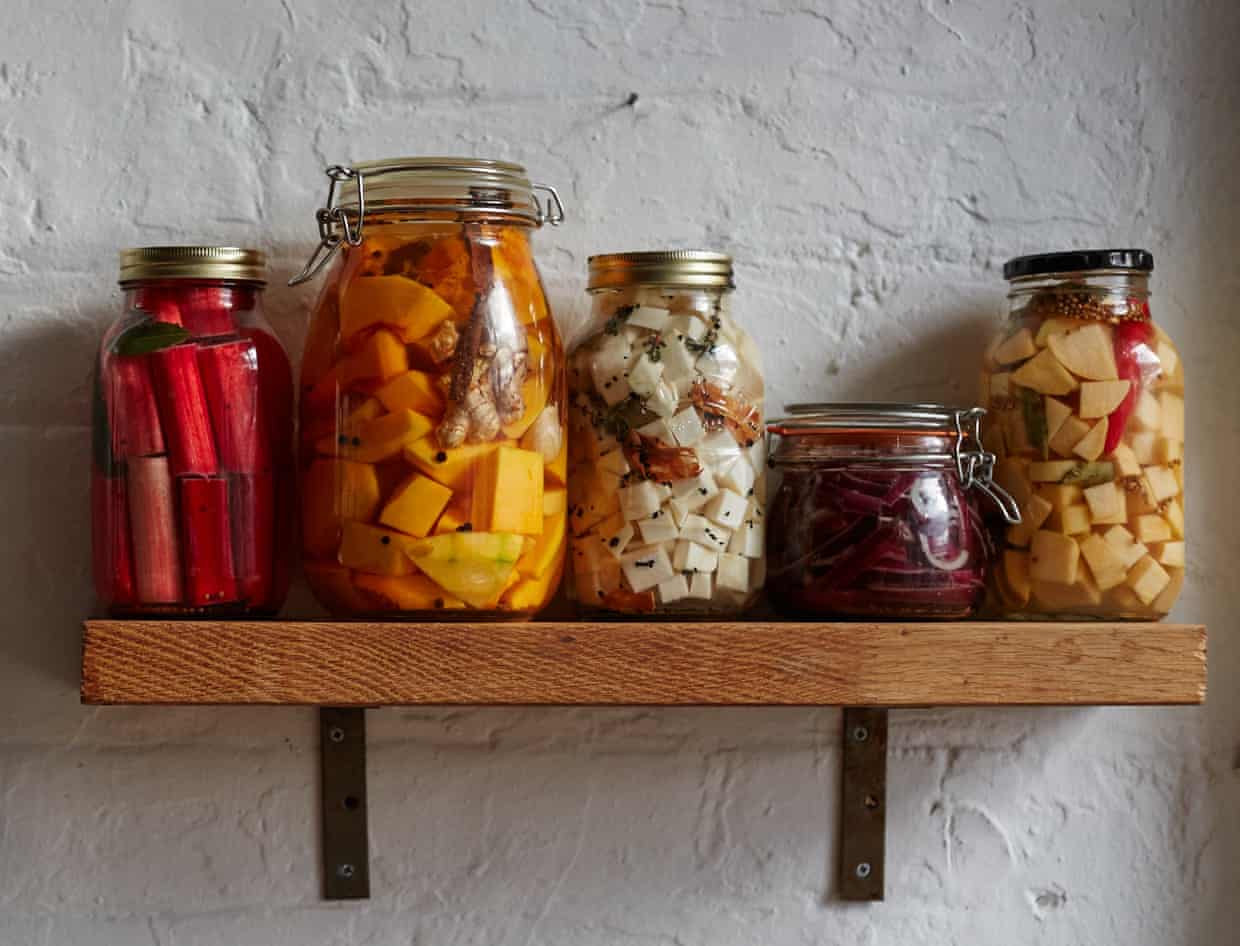
Pickle power: how to make your first ferments | Kitchen aide
I love ferments and want to start making my own to save money. Where should I start? Ben, by email“Maybe with some carrots, onions, cucumber or beetroot – anything Ben has an excess of,” says Connor Wilson, head chef at The Kirkstyle Inn in Slaggyford, Northumberland. “Fermentation is a great way of preserving produce, but it won’t give new life to things that are past their best.”That said, tired-looking carrots would be perfect for Olia Hercules’ go-to for newbie fermenters: “If they look dehydrated but without any rotting, they’re amazing to ferment,” says the author of Strong Roots. “The sugars concentrate and you get this bright carrot flavour
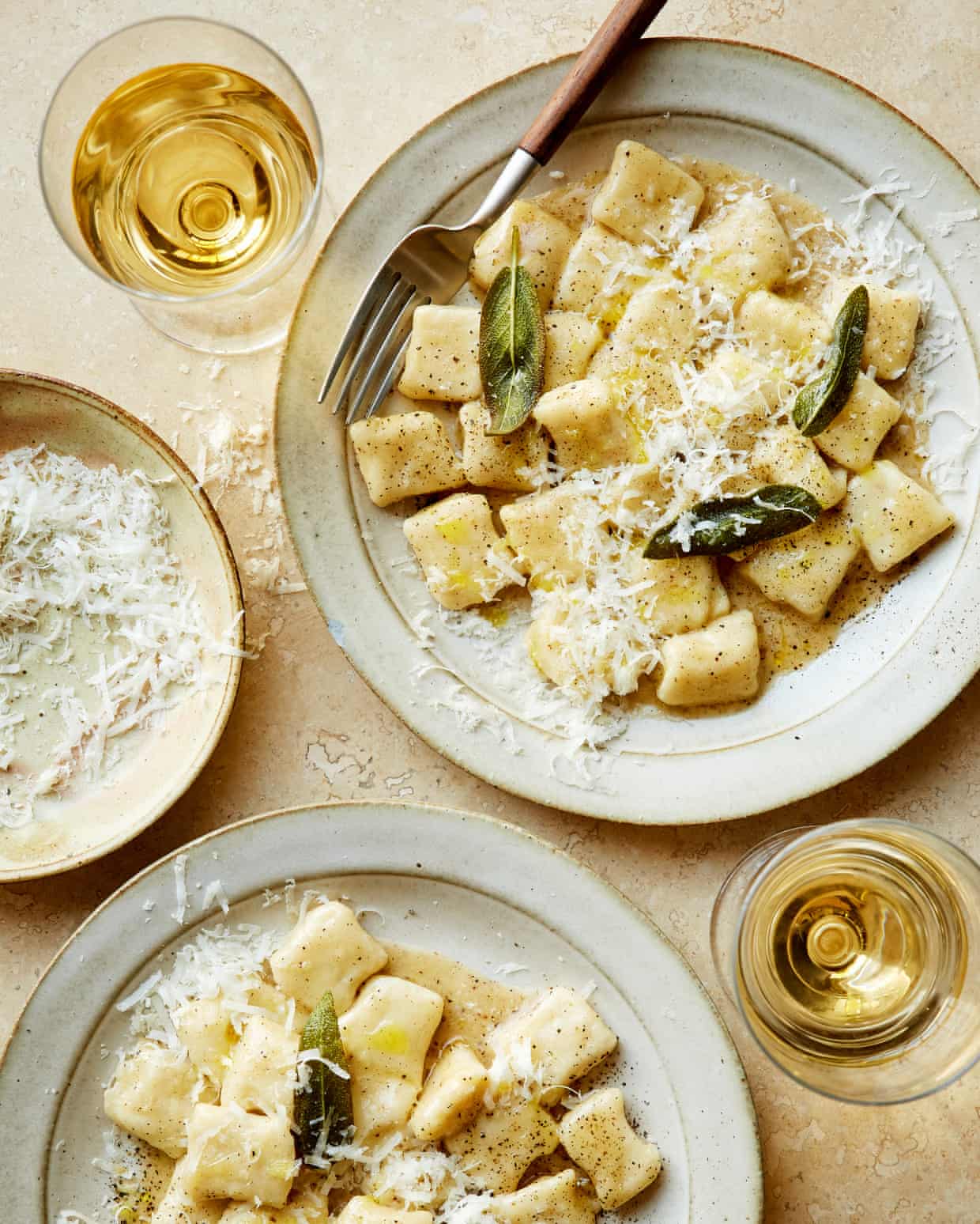
Georgina Hayden’s recipe for parmesan and sage jacket potato gnocchi | Quick and easy
If I’m going to the effort of making jacket potatoes (and by effort I mean putting them in the oven for an hour), I will almost always pop in a few extra spuds to make gnocchi for a later meal. The difference between shop-bought and homemade gnocchi is vast, especially the vac-packed, long-life kind, which are dense and can be heavy. Freshly made gnocchi, with fluffy baked potatoes, however, are light as air, pillowy and silky. If that sounds intimidating, let me reassure you that this recipe is really forgiving, and much easier than making fresh sheet pasta. I love them served simply, as here, with a slightly nutty sage butter and lots of parmesan

Caerphilly byelection a triumph of positivity over division, says Plaid Cymru leader

‘Reform didn’t have any idea about south Wales’: Plaid Cymru supporters celebrate byelection win

Plaid Cymru ousts Labour in Caerphilly byelection

Plaid Cymru’s victory in Caerphilly points to a new kind of electorate

Caerphilly result is blow to Labour and Reform – and shows parties who cannot adapt will be crushed

Starmer lays out vision for much-criticised digital ID scheme